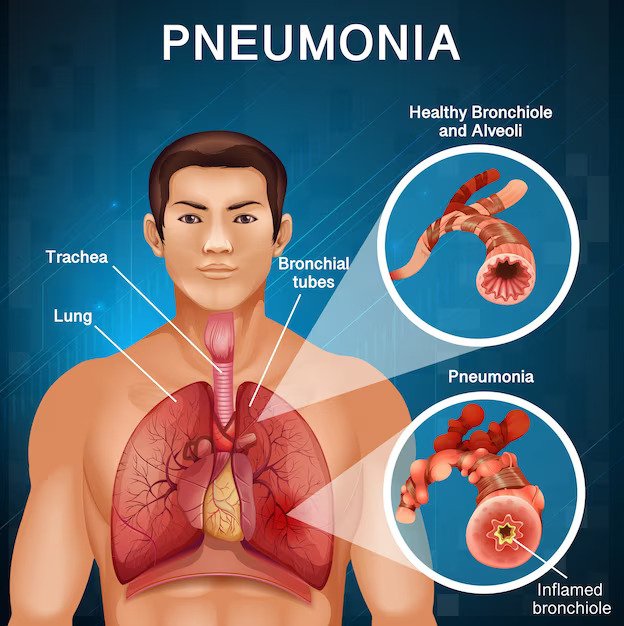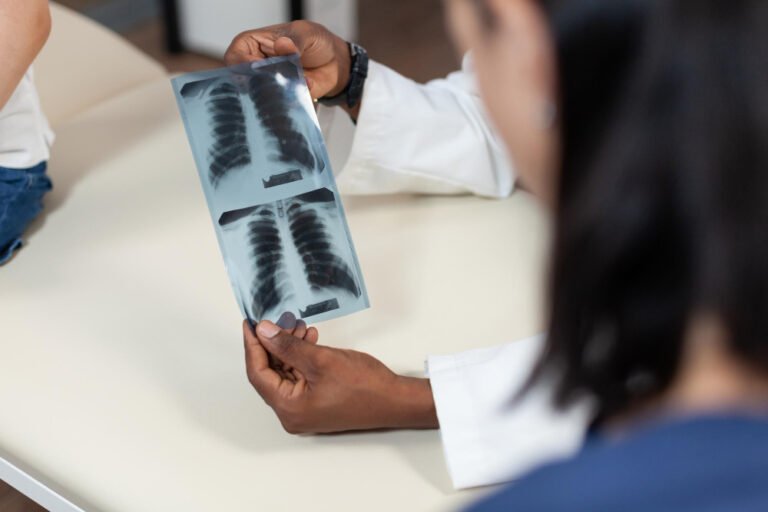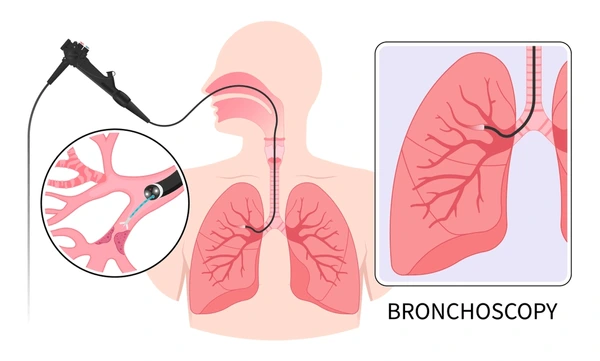Structure And Function Of The Respiratory System
The respiratory system is a complex network of organs and tissues responsible for the exchange of gases between the body and the environment. Comprising the lungs, airways, and associated structures, this vital system ensures the supply of oxygen to the body’s cells while removing carbon dioxide, a waste product of cellular metabolism. Let’s delve into the intricacies of the structure and function of the respiratory system, a marvel of biological engineering.
To Know More About It Please Click Here
Nasal Cavity and Pharynx: The Gateway
The journey of inhaled air begins in the nasal cavity, where air is filtered, humidified, and warmed before reaching the lungs. The nasal cavity is lined with mucous membranes containing cilia that trap foreign particles and pathogens, preventing them from entering the respiratory tract. Additionally, the nasal cavity plays a crucial role in olfaction, or the sense of smell. From the nasal cavity, air passes through the pharynx, a common pathway for both air and food, before diverging into the trachea and esophagus.
Trachea and Bronchial Tree: Branching Out
The trachea, or windpipe, is a rigid tube composed of cartilage rings that provide structural support and prevent collapse during inhalation. It bifurcates into two main bronchi, which further divide into smaller bronchioles, resembling a branching tree. These airways are lined with epithelial cells and surrounded by smooth muscle, allowing for the regulation of airflow. The bronchial tree ultimately terminates in clusters of tiny air sacs known as alveoli, where gas exchange occurs.
Lungs: The Seat of Gas Exchange
The lungs are a pair of spongy, cone-shaped organs located within the thoracic cavity. Enclosed by the rib cage, each lung is divided into lobes and surrounded by a double-layered membrane called the pleura. The outer layer, known as the parietal pleura, lines the chest cavity, while the inner layer, the visceral pleura, covers the lung surface. The space between these layers, the pleural cavity, contains a thin film of fluid that lubricates the surfaces, reducing friction during breathing.
Alveoli: Sites of Gas Exchange
At the microscopic level, the alveoli are the primary sites of gas exchange in the lungs. These small, balloon-like structures are surrounded by a dense network of capillaries, allowing for the diffusion of oxygen and carbon dioxide across their thin walls. The surface area of the alveoli is maximized by numerous tiny projections called alveolar sacs, ensuring efficient gas exchange. Surfactant, a substance produced by specialized cells within the alveoli, reduces surface tension, preventing alveolar collapse and facilitating lung expansion.
Diaphragm and Respiratory Muscles: The Powerhouses
The diaphragm, a dome-shaped muscle located beneath the lungs, plays a central role in breathing. During inhalation, the diaphragm contracts and flattens, expanding the thoracic cavity and creating a negative pressure gradient. This action, along with the contraction of other respiratory muscles such as the intercostals, leads to the expansion of the lungs and the influx of air. Exhalation occurs passively as the diaphragm and respiratory muscles relax, allowing the elastic recoil of the lungs to expel air.
Regulation of Respiration: Balancing Act
The process of respiration is tightly regulated by the central nervous system to maintain homeostasis. Chemoreceptors located in the brainstem monitor the levels of oxygen, carbon dioxide, and pH in the blood, sending signals to adjust breathing rate and depth accordingly. Additionally, neural and hormonal factors, such as emotions, exercise, and medications, can influence respiratory function.
conclusion
The respiratory system is a marvel of biological engineering, responsible for the essential task of gas exchange that sustains life. From the nasal cavity to the alveoli, each component plays a vital role in ensuring the efficient exchange of oxygen and carbon dioxide. Understanding the structure and function of the respiratory system not only deepens our appreciation for the complexities of human physiology but also highlights the delicate balance required for optimal respiratory health.
Also, Follow us on Instagram








